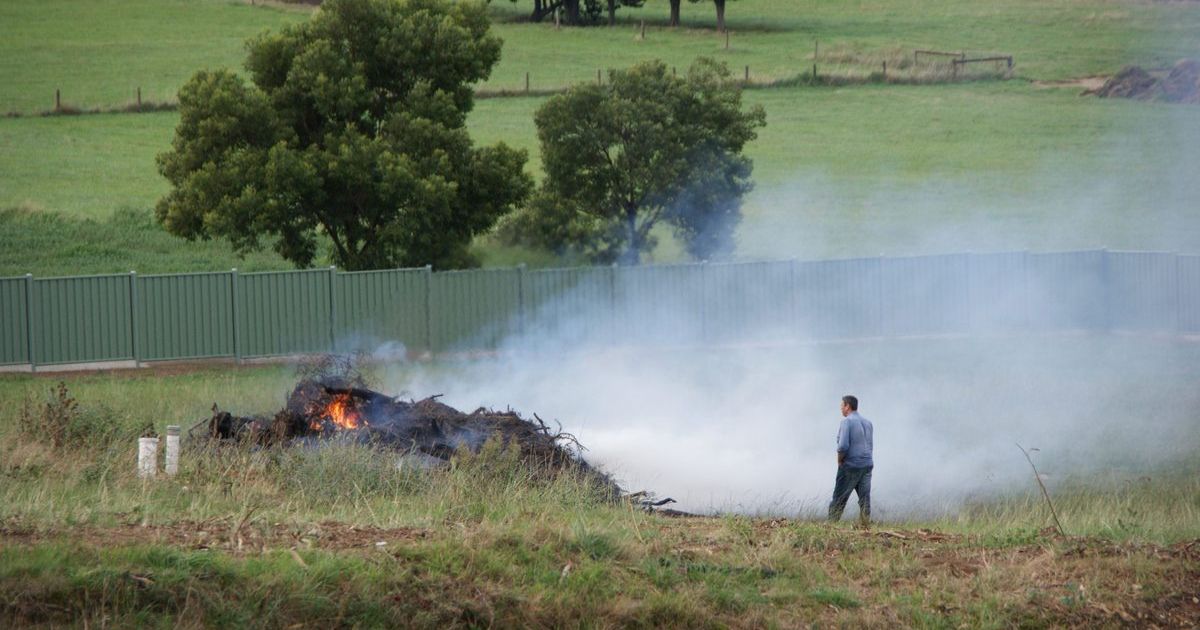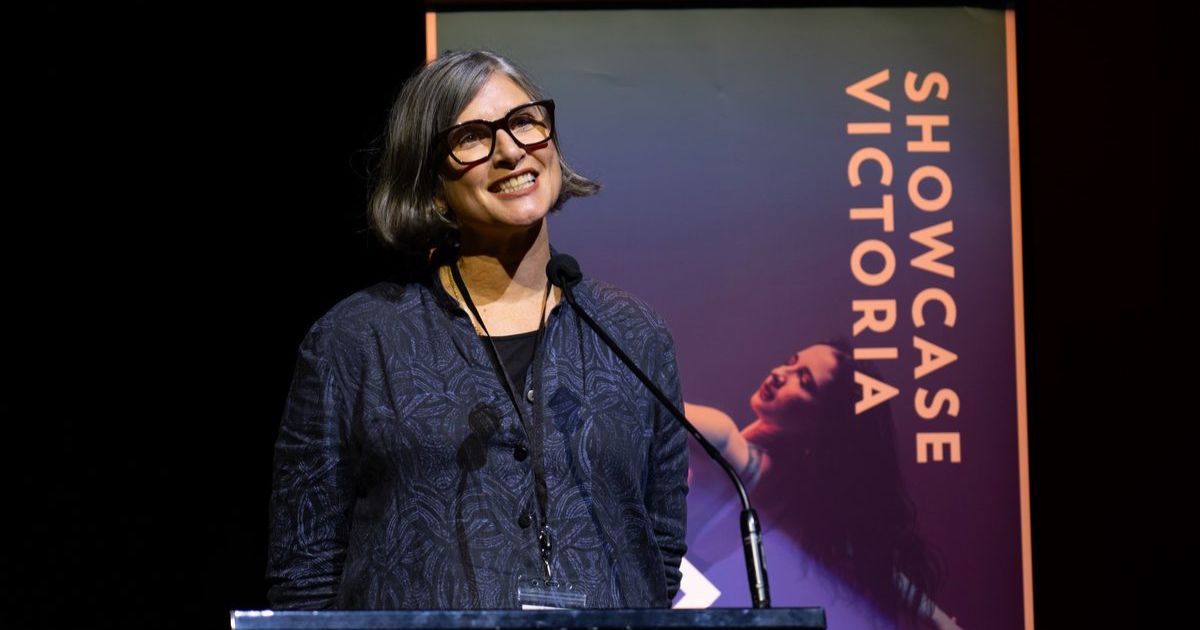Housing policy shift aims for more homes in regions

Big plans: Social housing projects under the State Government’s Big Housing Build like those constructed in Mitchell Park, will now fall under a new Housing Statement. Photo: FILE
LAST week Premier Daniel Andrews announced the State Government’s Housing Statement which includes more than one hundred and fifty thousand homes to be built in regional Victoria by 2033.
The aim of the package is to increase supply and affordability of housing in the state, with 800,000 homes in total to be built in the next 10 years.
The statement is part of a wider plan by the State Government to have 2.24 million homes built by 2051, which works out to 80,00 each year.
Member for Ripon, Martha Haylett, said it was important the State Government addressed the current housing crisis.
“There is no more important issue anywhere in the state right know than housing and there’s a really serious issue of supply of houses in rural and regional areas,” she said.
“Housing is a human right, the centre of our world and without it we struggle with everything else in our life.
“We as a government want to do more to address the housing crisis.”
The housing statement focuses on five key areas including building new houses more quickly, making them cheaper and closer to workplaces, protecting renters’ rights, creating more social housing, and developing a long-term housing plan.
Building 80,000 more homes a year will require a joint effort and the State Government has partnered with the Property Council of Australia, Master Builders Victoria, the Urban Development Institute of Australia, the Housing Industry Association, and Super Housing Partnerships.
To fun part of the project the Government will introduce a 7.5 per cent levy on short stay accommodation platforms and 25 per cent of the funds collected from this levy will go to regional Victoria.
Another change to current hosing policy could enable homeowners to build a second small dwelling with no permit required for garden units under 60 square meters.
Another $500 million will also be available under the Victorian Homebuyer Fund and surplus government land will be rezoned to build more houses.
The Regional Housing Fund, which focus the construction of 1300 affordable houses in regional Victoria, and the Big Housing Build that includes building of 12,000 social housing dwellings will now fall under the Housing Statement.
However, Housing Industry Association chief economist Tim Reardon said it’s likely that house building rates will continue to fall with current challenges for the industry, meaning building this volume of homes will be difficult.
“In 2021 and 2022 the industry grappled with a rapid escalation in the cost of construction, with materials in short supply and acute shortages of skilled workers,” he said.
“Leading indicators suggest that the volume of home building activity may fall further before a meaningful recovery takes hold. Industry conditions will remain challenging in the year ahead.”
Mr Reardon suggested major reform will be required to build the Government desired volume of houses over the next 10 years.
“This ambitious goal was set with full knowledge that it won’t be achievable under existing policy settings,” he said. “A well thought out reform agenda will be required.”
Ms Haylett said that although the industry is facing challenges, the Housing Statement has taken supply issues into account and the State Government is working to support builders.
“We know the building industry has been so impacted by global supply chain and worker shortages, but the Housing Statement has really factored that in and is going to support the sector by giving them that certainty for new projects,” she said.
“It’s why things like free TAFE and all the free degrees to join the building industry are really important.”


















